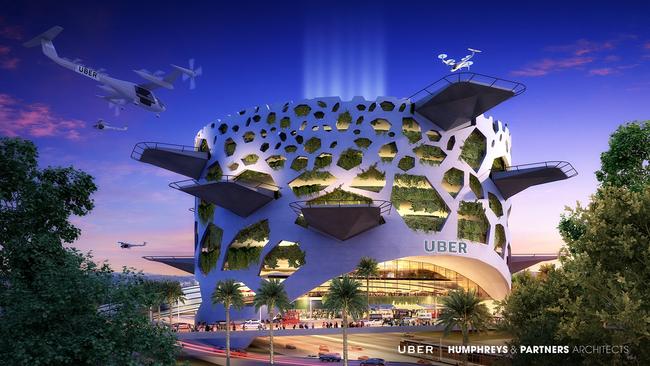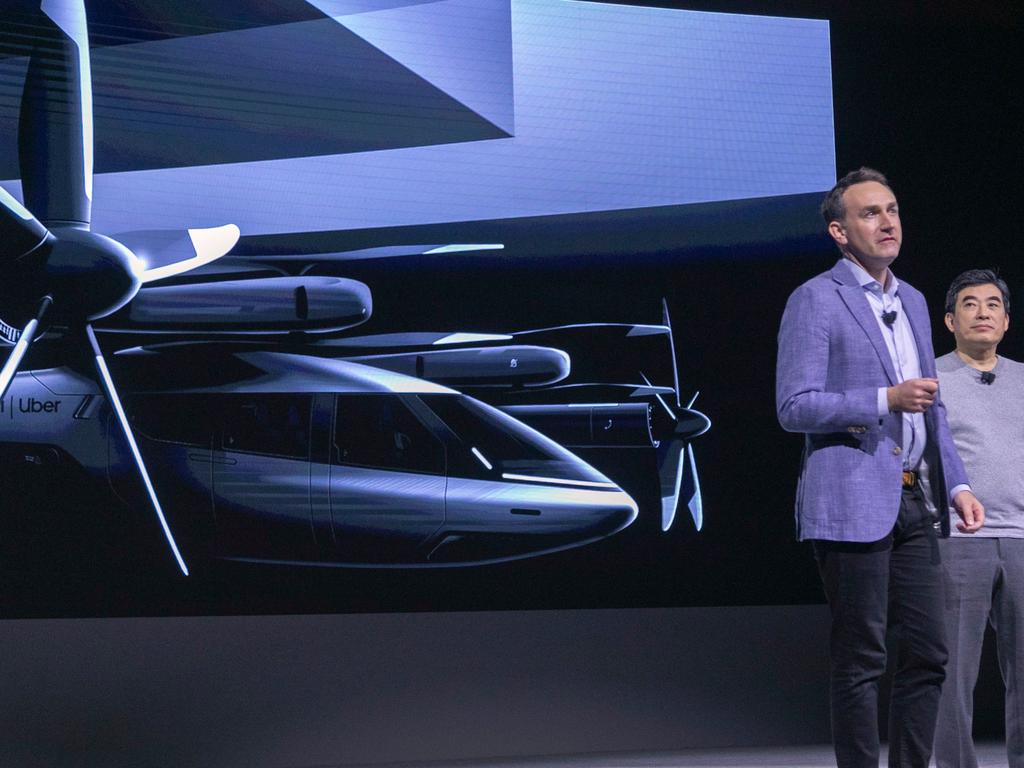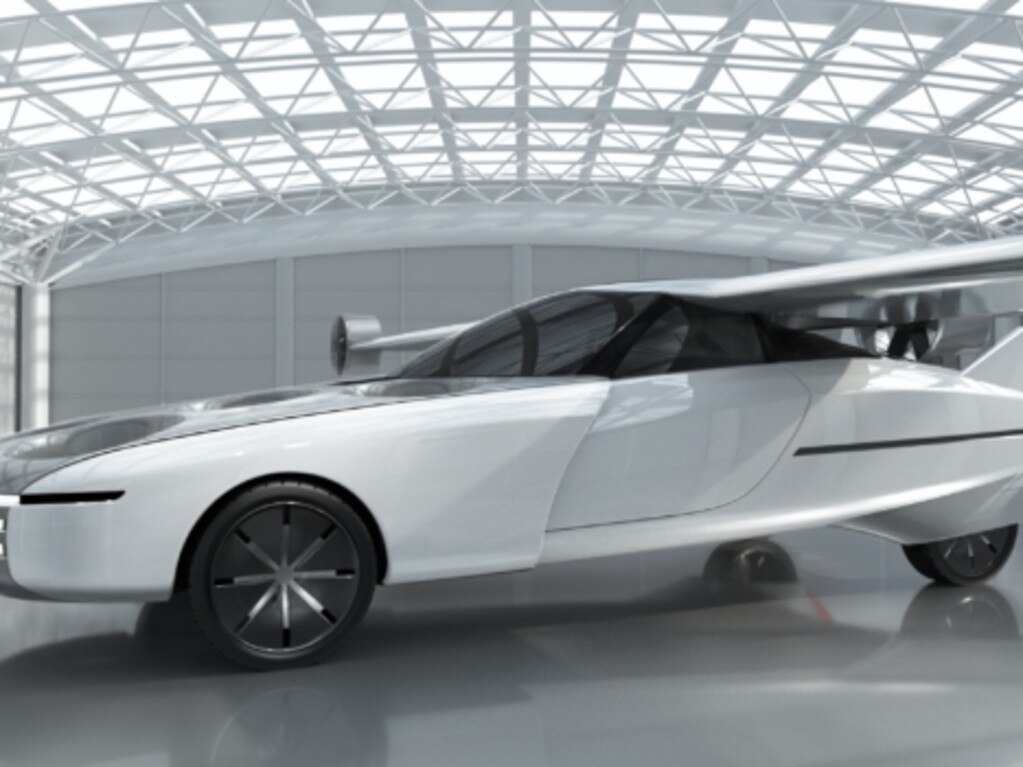Canberra sitting on the tarmac after Uber plans for a ‘flying taxi’ service fail to take off
Uber’s plan to trial flying taxis in Melbourne is looking very doubtful but other companies may yet step into the void.

The federal government is talking to a range of transport companies about aerial mobility for Australians as plans for an Uber “flying taxi” service unravel.
A year after Melbourne was announced by Uber in a blaze of publicity as the first trial city outside the US for aerial “ridesharing”, virtually no progress has been made. No plans have been submitted to regulatory authorities, no infrastructure has been built to support the trial and no one at Uber Australia wants to talk about it.

A spokesman for the Department of Infrastructure, Transport, Regional Development and Cities said “the progress of Uber’s commercial plans was for a matter for Uber”. “The Australian government has been working with a range of industry players, including Uber, for some time, in order to ensure there are appropriate policy and regulatory frameworks to support the introduction of new aviation technologies,” he said. “These include drones and electric vertical takeoff and landing (eVTOL) vehicles that Uber and other industry players are planning to use in the near future.”
He said the government recognised the potential for eVTOL vehicles and drones to allow a range of different sectors to operate more safely and cheaply, in a more environmentally friendly way.
“These operations have the potential for significant investment opportunities for Australia, and improve profitability across a range of different sectors that will use drones and eVTOL vehicles,” the spokesman said.
In a recent interview on tech news site Recode, Uber CEO Dara Khosrowshahi offered little certainty Uber Air would operate any time soon, either in Australia or the US trial cities of Dallas and Los Angeles. After making more than 3500 US workers redundant, Mr Khosrowshahi said Uber was reviewing its portfolio and that included vertical takeoff and landing.

“We’re looking at what our options are there. There is a great team that continues to build that tech and my statement to the team is ‘there are no sacred cows’,” Mr Khosrowshahi said.
“I think it’ll take some time.”
As far as the Victorian government was concerned, talks were continuing with Uber about their aerial ridesharing plans and Melbourne Airport chief of land-side access Lorie Argus said vertical takeoff and landing opportunities shaped as an “important part of the airport’s future transport mix”.
But Clem Newton-Brown whose Skyportz business aims to develop landing and launch pads on building tops, said there had been a worrying lack of movement on infrastructure.
“There’s no guidelines, no regulations, no planning scheme amendments, nothing to guide the property industry about where Skyportz could be permitted,” Mr Newton-Brown said.
Even more worrying was the City of Melbourne’s intention to remove the one inner-city helipad on the Yarra River, he said.
“One of the reasons Uber chose Melbourne was because we did have a central city helipad but the policy that the City of Melbourne has to remove it and there’s no replacement suggested so we’ve got a real disconnect between the vision politicians have been talking about and the reality on the ground,” Mr Newton-Brown said.
Melbourne Lord Mayor Sally Capp said the helipad’s licence holder was being encouraged to relocate for environmental reasons and there would be an alternative found.
She said her council wanted to embrace innovation while balancing the needs of the city and community.
“There are a number of challenges that need to be carefully considered and worked through including impacts on accessibility, biodiversity, noise, public amenity, privacy, and safety,” said Mayor Capp.








To join the conversation, please log in. Don't have an account? Register
Join the conversation, you are commenting as Logout